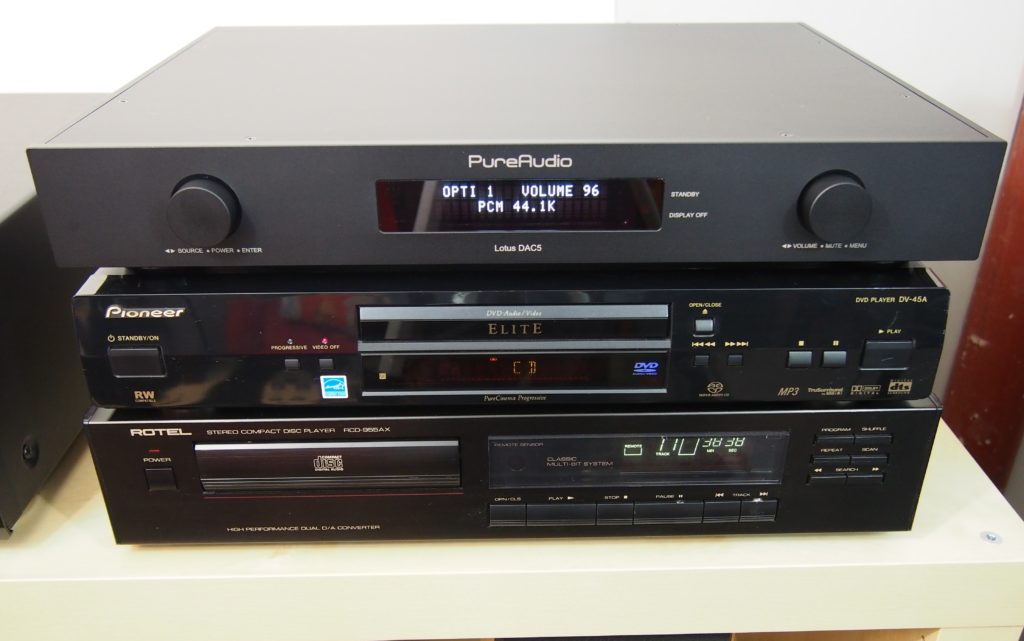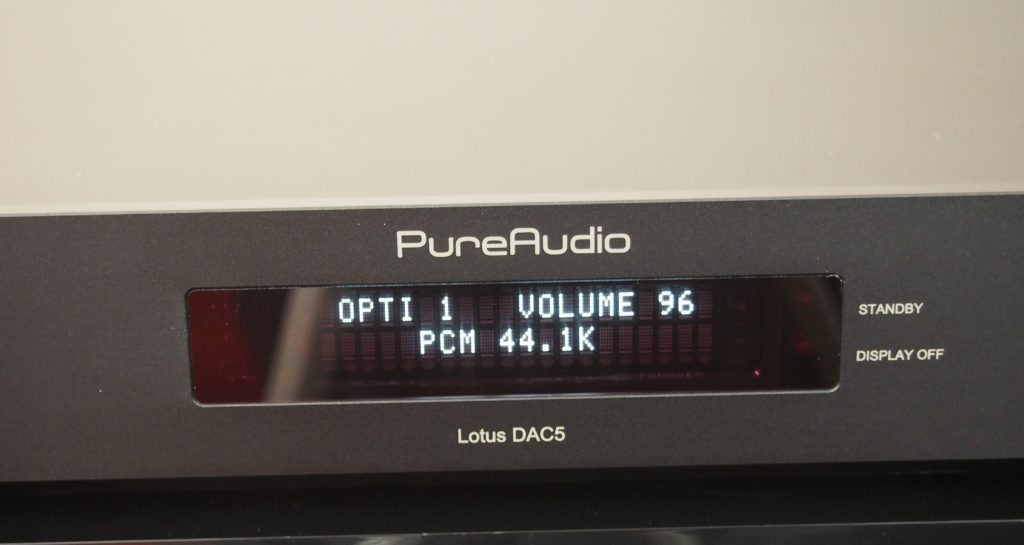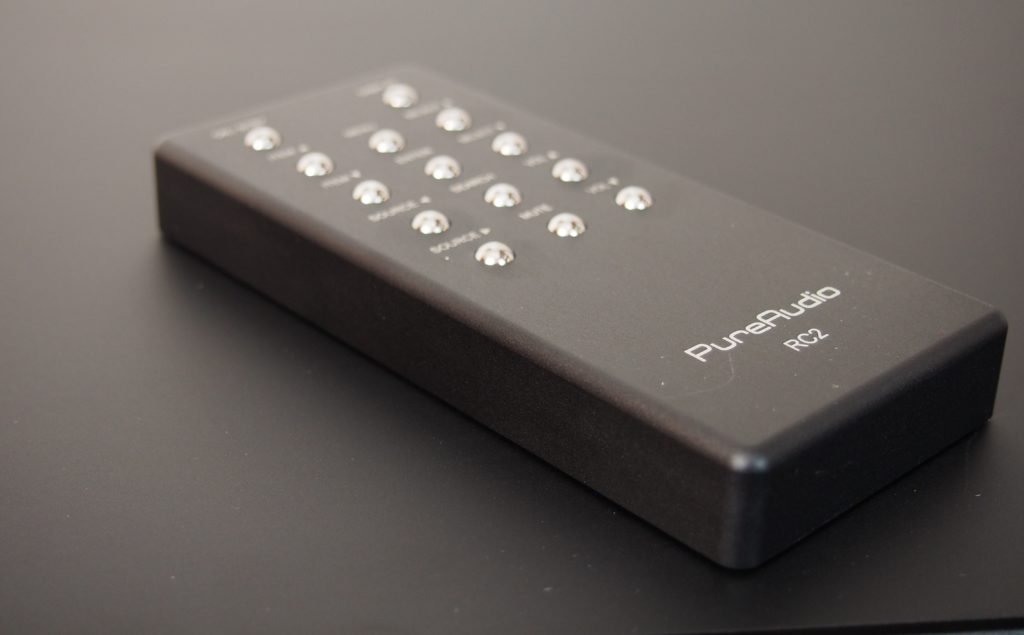Like so many people, my wife and I recently found ourselves immersed in Ken Burns’ eight-part documentary on country music. As a lifelong fan of prog, metal, and just about all things rock, I found it to be a rather eye-opening experience. While some of this music still does not appeal to me, I find myself drawn into the more stripped-down music that was performed with a few acoustic instruments in more of the folk styles. There is something very pure about the authenticity of the music.
Purity is something that most audiophiles continually seek out in their systems; we constantly upgrade cables, players, streamers, preamps, tubes, and everything that we can in our quest for that perfect sound. In the end, there is no magic formula for that sound. If there was, it would come in one neat box, and we’d all line up for it. That would be the end of audio shows, magazines, and writers like me. Fortunately, the great chase is on, and I believe I have a nice piece of the pursuit to tell you about.
My own personal quest for the perfect sound has led me down the path of the DAC lately. That’s a Digital to Analog Converter, to those who might not be as familiar. These wonderful devices, available in a wide variety of price ranges, take your digital signal (coax, Toslink, USB, etc.), and converts it to an analog signal, outputting it via RCA unbalanced or XLR balanced to your preamp or receiver.
Now that we’ve covered the basics, let’s get to the Pure Audio Lotus DAC 5.

Unboxing
Many DACs are smaller devices, some the size of a paperback book. The Lotus DAC 5 is a full-size component, with just two simple controls on the front. Everything else is managed by the rather substantial remote. Inputs and output options are also substantial here, with two coaxial inputs, two Toslink optical inputs, and an XLR AES/EBU input. Inputs for HDMI IIS/DSD and USB are also here. There are both RCA unbalanced and XLR balanced outputs.
Pure Audio requested 200 hours of burn-in time before evaluating the unit, so I connected my Rotel CD player’s coaxial output to the Lotus’s first coax input, and let it run for nearly two weeks straight. However, from the first moment that I pressed play, I could hear an immediate difference over the stock Philips DACs built into the Rotel. Over the break-in period, I would come down and listen in on the system, as Steely Dan and Genesis continued to spin in the deck. It was a difficult wait.
Evaluation
Now that the burn in period is over the real listening begins. I start with something pure and, and I said earlier, stripped-down, Willie Nelson’s 1975 classic album, Red-Headed Stranger. Right from the start, with “Time of the Preacher,” the Pure Audio Lotus DAC 5 gives a good sense of the intimate studio setting. The nylon strings on Trigger, coming mostly from the left side, have wonderful detail. Nelson’s voice sits on its own plane in space, while the bass fills in, seemingly from underneath. When a second acoustic guitar joins in on the right on “Blue Eyes Crying in the Rain,” it is brought out with a sweet subtlety.

Indulging in some very pure piano music, and a very fine recording, the first track on John Batiste’s latest album, Hollywood Africans, “Kenner Boogie,” at first did not present me quite the detail I was looking for. The Lotus DAC 5 allows for the adjustment of upsampling rates to suit input and your listening fancy. Changing the upsampling rate to PCM 768 does bring out some more attack in Batiste’s keys. As the disc progresses into “What a Wonderful World,” I find that changing the rate to DSD 5.6M actually gives the most pleasing presentation. It is a warmer, fuller sound that opens the soundstage.
I keep this setting locked in as I switch over to Guy Clark’s 2006 disc “Workbench Songs.” I’m content now that this is the sound I’ve been seeking from the Lotus. Much more open, the multiple acoustic guitars, panned hard left and right, have fullness and realism to them. Clark’s gravelly voice comes from the center of the room, rather than from either speaker.

Running my Pioneer Elite DV-45a optically into the Toslink input of the Lotus DAC 5 provides an even different experience yet. The default setting here is PCM 44.1, which with Alan Parson’s “Standing on Higher Ground” makes for a huge soundfield. I don’t feel a need to make adjustments here, but only to sit back and experience this. There’s a real depth here that is enjoyable. Since “I Robot” is featured on this greatest hits compilation currently in the deck, I’m turning up the volume, and letting the Lotus shine here. There is good imaging and placement of instruments as the iconic track builds. I’m not getting as much dimensionality as I would like, but I am getting a nice presentation across the room.

Wrapping it Up
In our conquest for purity in our systems, the DAC may be a true cornerstone, taking our ones and zeros from all of our devices and converting them into audiophile magic. There are a growing number of choices, making it ever harder and harder to decide. The Pure Audio Lotus DAC 5 represents a very versatile and serious choice for the audiophile. Normally $1995, the Lotus DAC 5 is on sale for $1599 through Christmas 2019.
Underwoodhifi.com
Associated Equipment
Rotel RCD-955AX CD player
Pioneer Elite DV-45A SACD/CD player
Denon AVR-1804 receiver
Vandersteen 2C loudspeakers
Canton AS 22 SC subwoofer
Furman PL-8 Power Conditioner
XLO speaker cables
Monster Cable interconnects
Hmmm, “reviewing” a current (2020) Component/DAC with 20-30 year old associated equipment is a waste of time and energy; perhaps the (audio) budget can be elevated to ‘beer/pretzel’ level -a ‘rung’ up from shoestring?
For that though, you must discard the 1980’s/20th century stuff and work up/into 21st century components.
With such outdated audio components (and cabling -Monster, really?) we cannot be in any position to evaluate anything such is the serious limitations (performance capability) of the ‘supporting gear.
Perhaps you should (in fact you must) consider improving your preference system in order to more accurately judge modern-day equipment.
peter jasz
I agree crap interconnects like monster don’t belong ,at least a $500 minimum cost woud be considered mid Audiophile cost. As well as a competent similar cost usb cable.